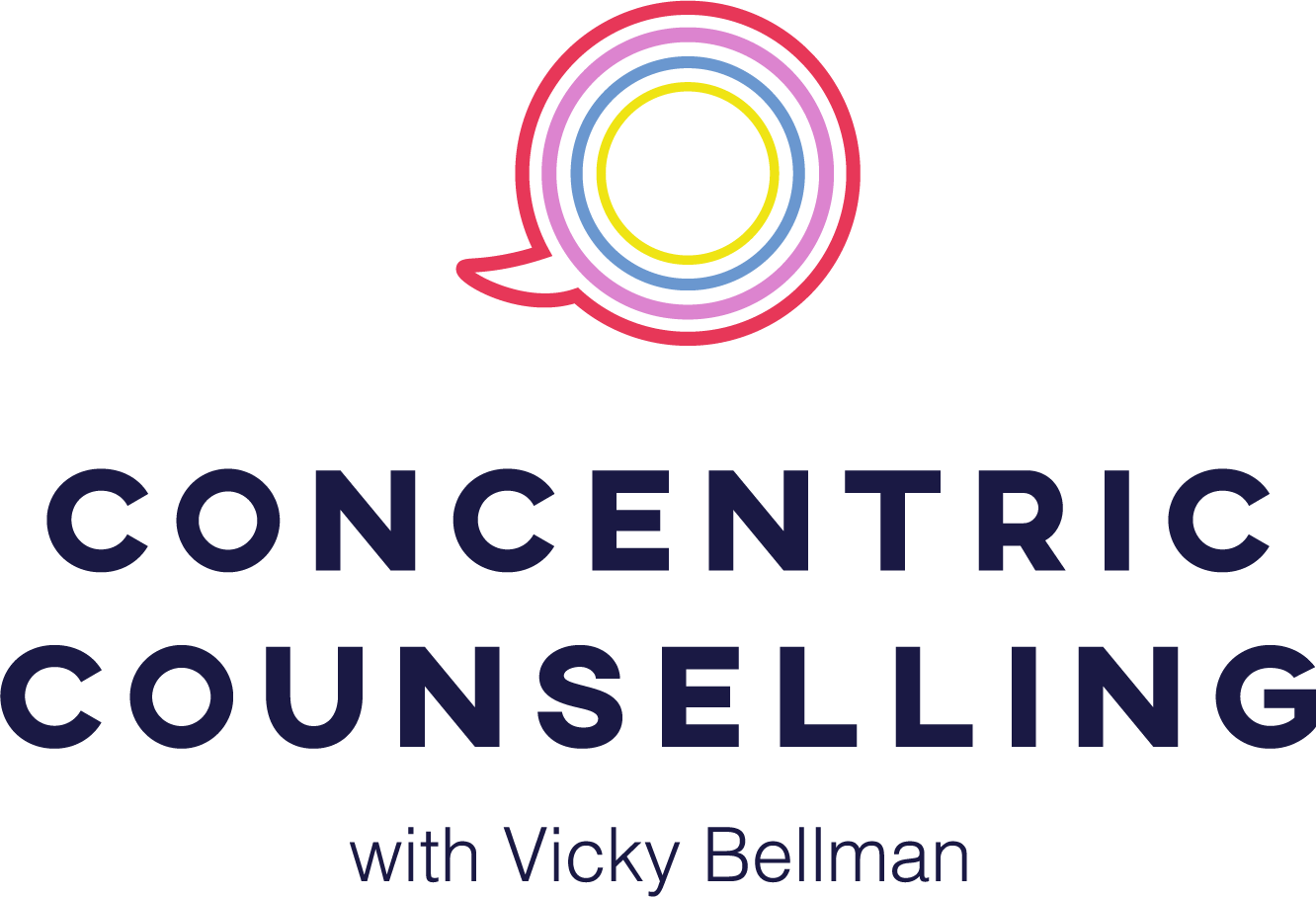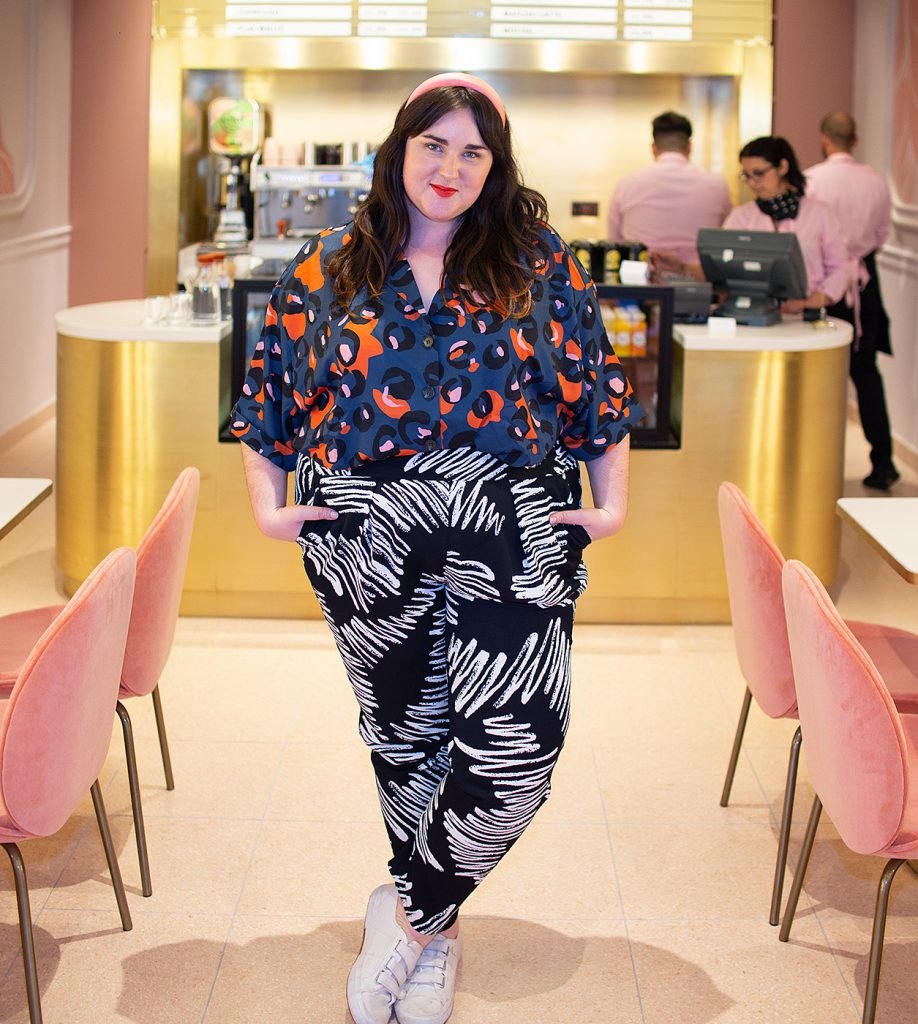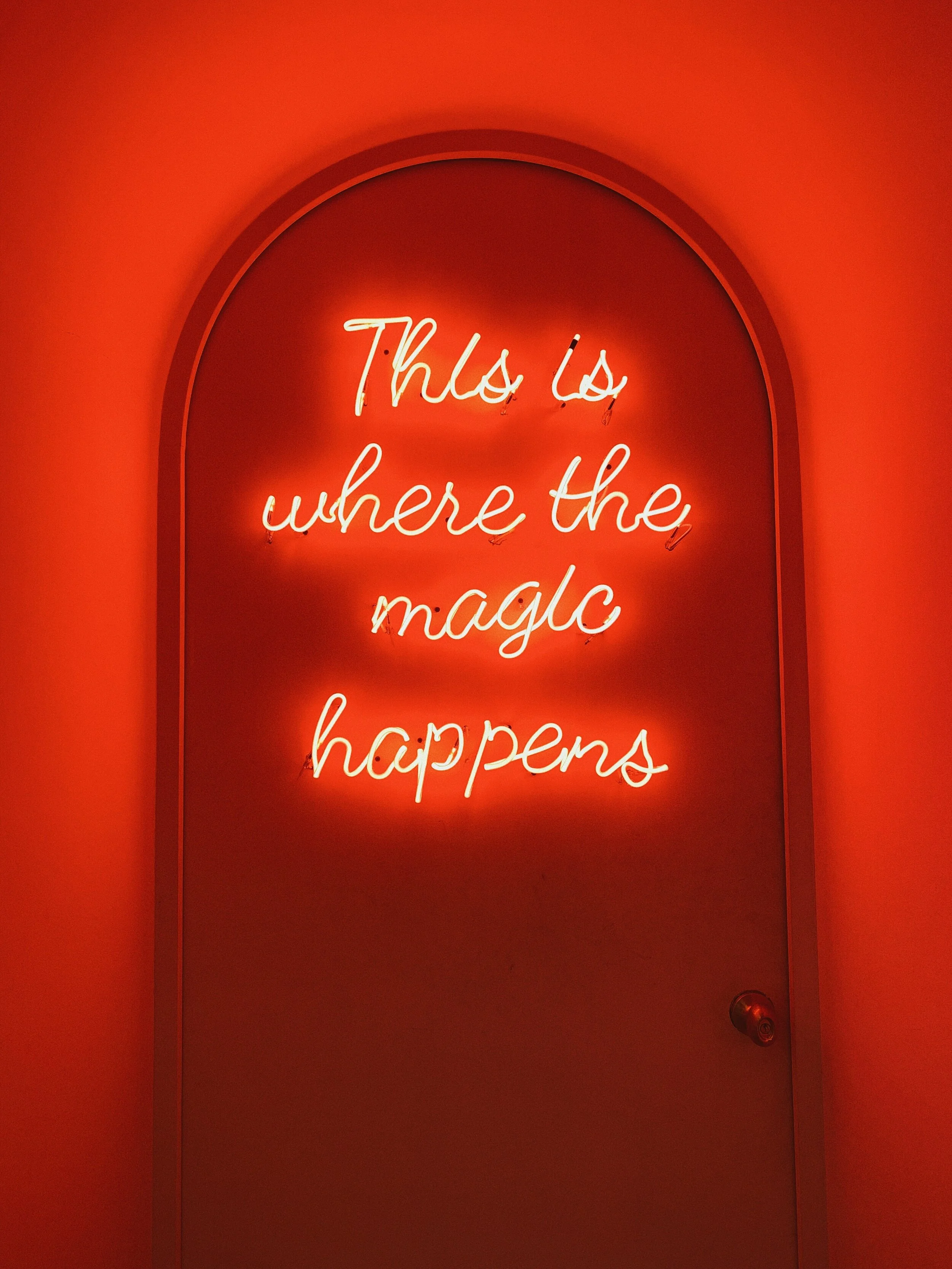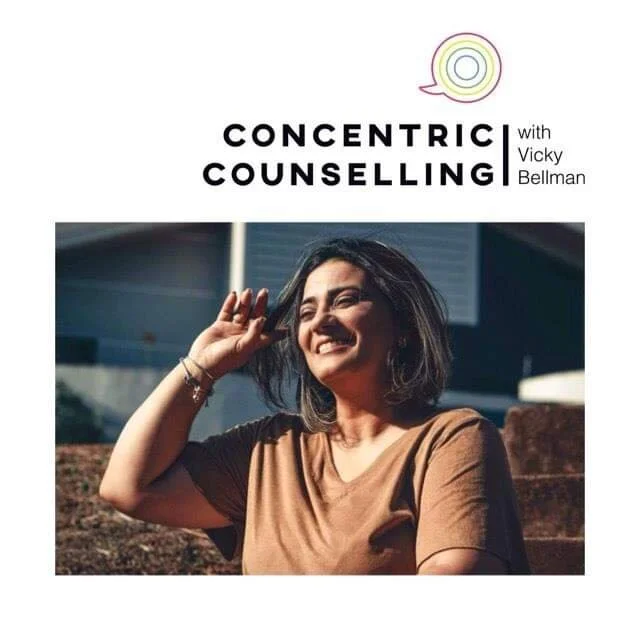Ban ‘she looks so anorexic’ from your vocab this Eating Disorder Awareness Week
National Eating Disorder Awareness Week comes round each year, and this year in particular I have been thinking of all those who don't conform to the typical image of an eating disorder. And, to be honest, that's the majority that suffer from them.
There is a general understanding of what that phrase means - it doesn't require any explanation. It means the person in the focus is thin, too thin. Because, in our society, eating disorders are synonymous with thin people. Usually, thin white cis women.
But this just isn't the reality, and it is stereotypes like this that cause such harm, and stand in the way of diagnosis and support for so many people. It's even reinforced by the weight bias inherent in the diagnostic criteria itself: anorexia is defined as calorie restriction leading to low weight, accompanied by disturbance in body image and an intense fear of gaining weight. Exhibiting those behaviours, without the low BMI, is referred to as atypical anorexia. But, when research shows that atypical anorexia is three times more prevalent than of sufferers have a higher BMI, we see that atypical anorexia is actually… typical.
This weight bias creates harm; not only does it harm people with low BMI, as slim bodies are considered inherently healthy until dropping to a drastically low weight, and early intervention is missed, but also those in non-emaciated bodies. Severity is typically based on how low a BMI is, rather than the scale of the restrictive, fearful symptoms and body image issues. And, when considered in those terms, that can be seen as a universal experience across the weight spectrum, rather than simply the preserve of people with lower weights. But people in bigger bodies will routinely receive praise for food restrictive behaviours, and will even be encouraged by medical professionals, with weight loss being the goal above health, and the presence of disordered eating behaviours being overlooked.
Research shows people of size wait longer for treatment and support, but research also shows that they also exhibit significantly higher levels of eating symptomology; so entrenched is our weight stigma in our culture that these symptoms are usually passed off as ‘a diet well done’.
Anorexia has no look - it isn’t a thin white teenager. Anorexia, and all eating disorders, are experienced across the weight spectrum, and across the spectrums of colour, race, gender, sexuality, ability. People who don’t confirm to the typical look of eating disorders worry that they will be rejected or humiliated if they seek support for eating disorders, so the pressure is on us professionals to create systems that are more welcoming to those outside the stereotype. This week is an opportunity to reflect on our language and our attitude, and do a little pruning if we are being less inclusive than we would want to be.
The official hashtag of this year's National Eating Disorder Awareness Week, #comeasyouare, gives me hope, and it gives me focus. For me, it's a siren call in my own practice. Young, old, straight, queer or gay, cis, gender non confirming or trans, slim or of size, come as you are. In my practice room, you'll be believed, your experience will be acknowledged and honoured. I hope, increasingly, this will be the case socially, and that we recognise that eating disorders don't discriminate, and neither should we.
If this article has resonated with you and you would like to talk about how counselling could support your recovery, just send me a message on my contact page and I will get back to you.
If you are a fellow professional striving for more inclusive practice, check out my upcoming training days - on incorporating a feminist perspective, and incorporating a non diet approach. Booking can be done here.
Photo credit: Representation Matters











